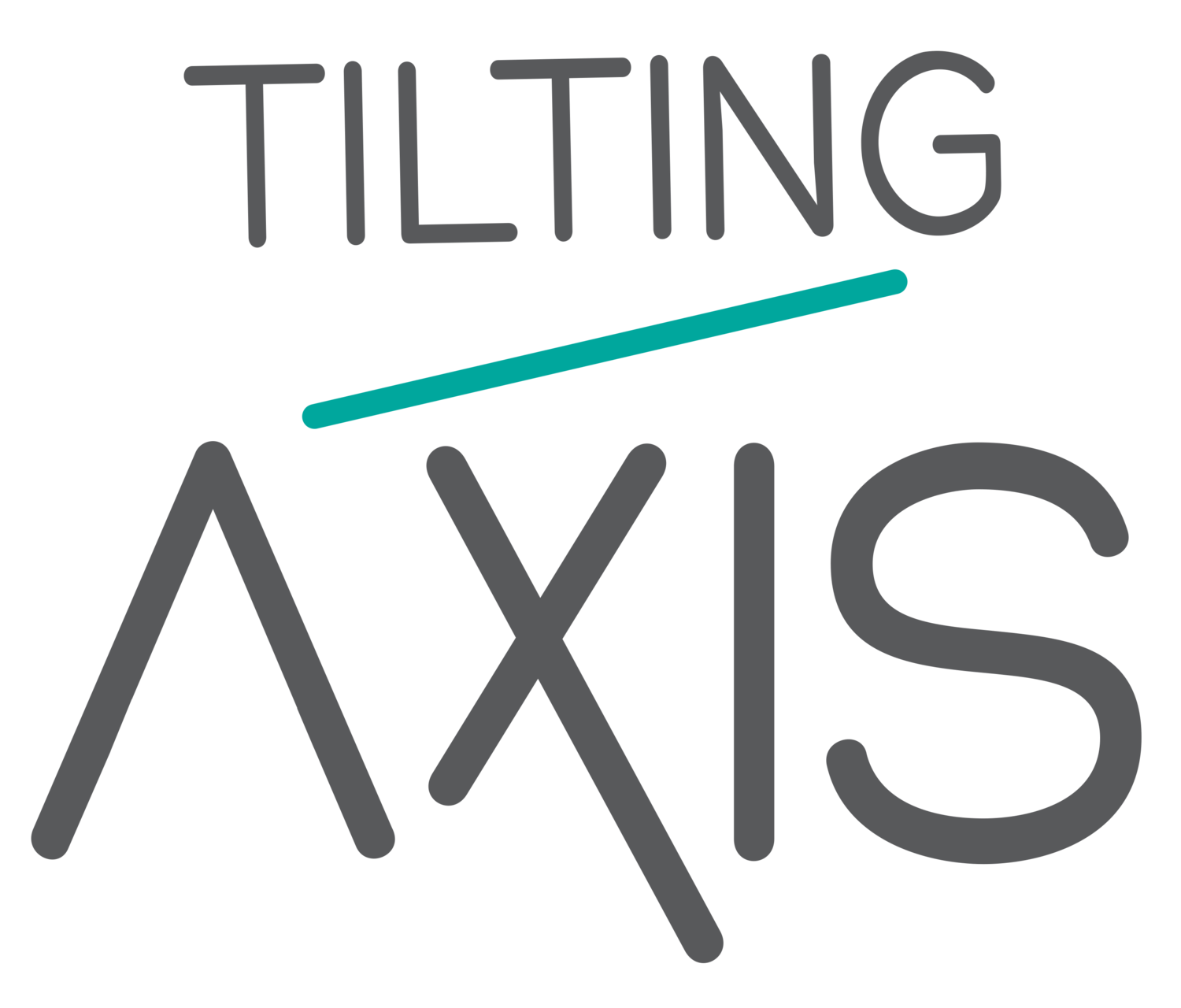One of the most valuable aspects of Tilting Axis: Within and Beyond the Caribbean–Shifting Models of Sustainability and Connectivity, which I believe will facilitate a momentum of ongoing partnerships, was the candid articulation from each of the participants about the objectives and structures of the organisations they had created/worked for in their local spaces. This provided a solid platform to create ideas for projects that were true partnerships in that they had much potential to equally serve the creative vision and mandates of participants.
During the clinics, in which diverse sub-groups self-assembled, plans were loosely drawn for future collaborative projects that participants believed would forge the necessary infrastructures to develop diverse visual art practices and industries locally, intra-regionally and transnationally. These plans were then assessed later by the wider group in an open forum, which revealed weak points, and brought forth ways to strengthen the ideas. Timelines for beginning their implementation were established in the final session.
It was unanimously agreed on that it was important for each organisation to straddle building and nurturing their local ecosystem while engaging each other's spaces and economies on an international level.
From the sub-group in which I participated, consisting of María Elena Ortìz (Perez Art Museum Miami), Malaika Brooks-Smith-Lowe (Groundation Grenada), Amanda Coulson (National Art Gallery of the Bahamas), Mario Caro (Res Artis), Raquel Paiewonsky (Quintapata) and Tirzo Martha (Instituto Buena Bista), a few of our most resonating ideas were:
- Education initiatives that would convey practical hands on knowledge to artists in the region for creating more art initiatives and artist-run spaces.
- Curatorial exchanges.
- Strategic cross-promotion (newsletters, social media and websites).
- Holding workshops on starting DIY art spaces geared towards a wide cross-section of artists was a project that I felt particularly committed and equipped to do. It was suggested that this workshop and/or its modules be circulated between the organisations, and NGCI was particularly interested in hosting one there (being faced with a dearth of artist-run spaces in the Cayman Islands). Art residency exchanges was another area that seemed to be a relatively easy fit for NLS, since this draws on programmes already in place within the organisation.
From the other sub-groups, ideas that I found particularly useful for building regional visual art infrastructures were residency exchanges for art writing, art scholars and curators.
PAMM's earnest engagement with the conversations happening in the Caribbean, as well the research currently being conducted by the museum in the region for upcoming exhibitions, was promising.
As the largest organisation participating in the conference, PAMM's earnest engagement with the conversations happening in the Caribbean, as well the research currently being conducted by the museum in the region for upcoming exhibitions, was promising. Tobias Ostrander's articulation that the museum is interested not only in showing contemporary art from the region but "building of Caribbean art histories in the consciousness of the American public" was an objective I found particularly thoughtful.
It would be incomplete if I ended this report without mentioning how uniquely and positively the open, airy environment that Fresh Milk provided seemed to influence the comfort and intellectual candor of the participants who forged relationships here. The strong effort made by ARC Magazine, Fresh Milk, Res Artis, PAMM, and other sponsoring organisations, such as the Prince Claus Fund, to target and facilitate representation from both artist-run spaces and national institutions was another unique and fertile foundation of the conference.
Deborah Anzinger, Executive Director
New Local Space (NLS)
Jamaica


